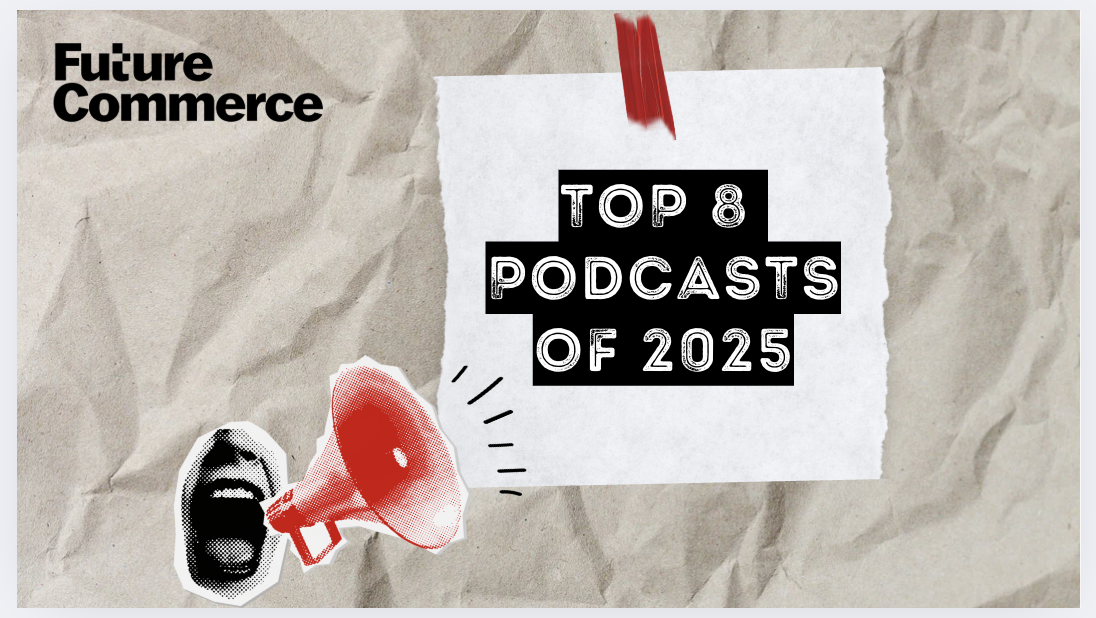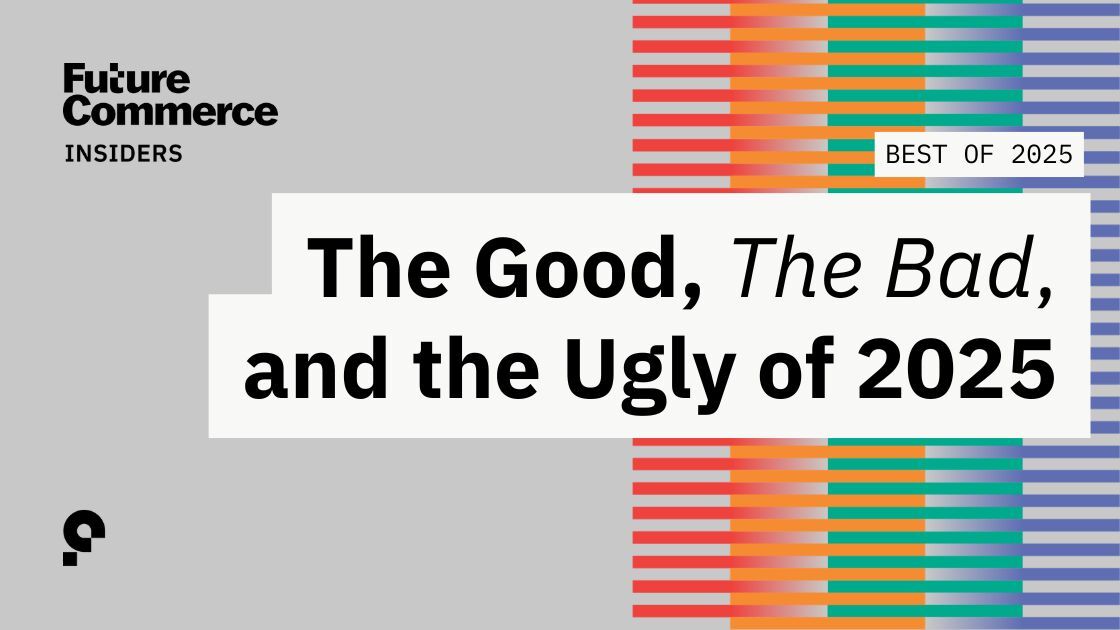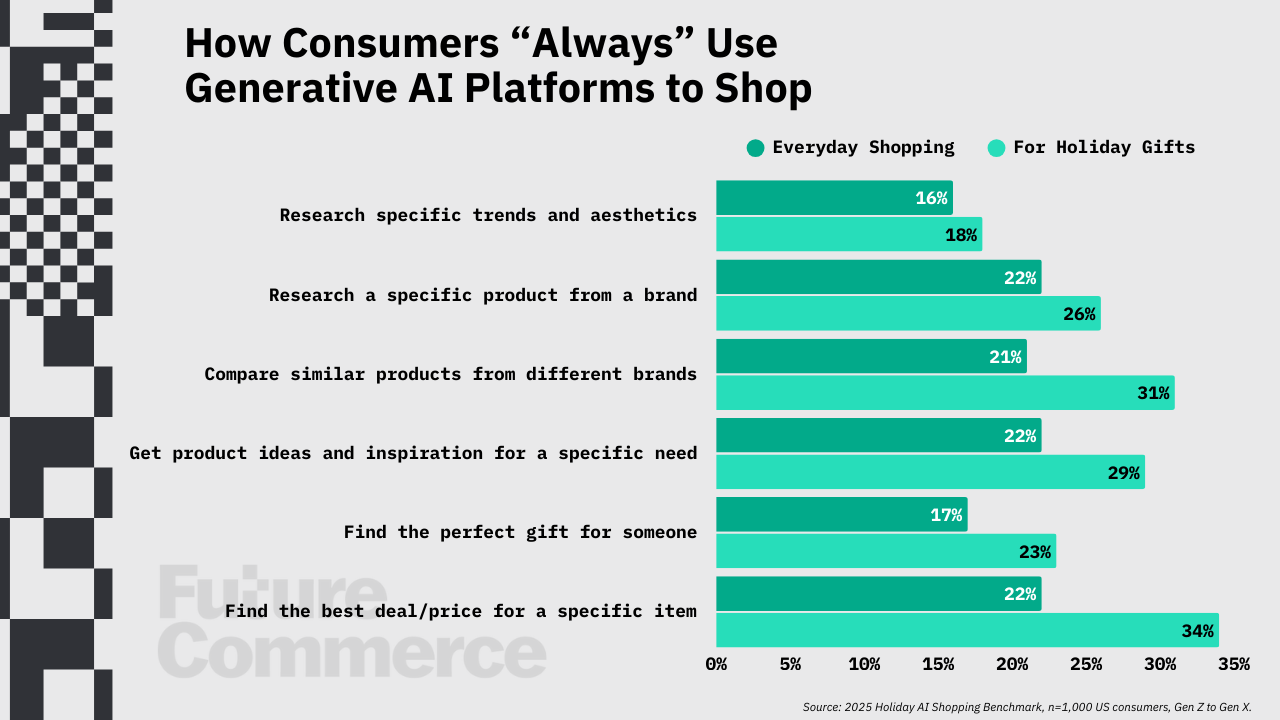
“89 is the new Pink”


When they said the monoculture was dead, whoever they are, they had yet to experience the cultural synchrony of an emergency alert.
Or the Eras tour.
These types of events make us question the narratives we buy into, and the reality that we live in. The idea that a monoculture is dead, has itself, become a moncultural idea. Is the monoculture dead? It doesn’t feel like it.
We still experience many monocultural moments; one is brewing right now — the NFL’s capitalization on the Swift x Kelce romance.
The acceleration of the speed of culture means that the meme-to-commerce pipeline is faster than ever:
- Subcultural event
- Brand capitalizes on that event
- Other brands pile on
- Broader cultural awareness through media coverage
- Monocultural manifestation
- Disbelief and denial
Of course, you’re familiar with the summer of Barbenheimer. Clever brands that were left out of the marketing-budget-to-end-all-marketing-budgets jumped on the bandwagon by merchandising their existing pink goods to a pink-hungry crowd of moviegoers.
The same is happening now with Traylor (Tayvis?) — brands are co-opting “1989” in their marketing in order to jump into the fray. This was observed first with the jacket that Travis wore during the couple’s first outing following Taylor’s first Chiefs game appearance:

As legend has it, according to Joe Pompliano, a marketer at KidSuper saw the jacket make the news, and they quickly jumped on the trend by renaming it 1989. The story would have you believe it was unplanned — but why would this story come from Joe? Where did he source this information?
The story, the source, and the screenshots don’t add up. “Who had the screenshot pocketed ahead of time? Only a PR team that had this planned all along?!” I’m screaming to myself. What’s the more likely story? It’s up to you to decide.
And then there’s the morning after — New Balance’s email that landed the next day featured red-and-white 550’s — the same ones Taylor wore that night. Shocker, the model is wearing a 1989 Jacket. How?
Was this the result of Generative AI doctoring an existing piece of collateral? Maybe. Is it more likely that this was all planned? You decide.
The likelihood that culture is driving a faster pace of marketing pile-on is quite high. Highly unlikely is that so many teams across so many brands are reacting so swiftly (groan, sorry) on the opportunity for exposure.
This is the kind of skepticism that only an experienced corporate operator, especially one in eCom for any amount of time, can bring to the conversation. It delights me that eCom and retention marketing are the core drivers here. Yes, it’s possible. Is it plausible? Probably not. \
We’re now at the disbelief and denial phase, and conspiracy theories are beginning to brew. “This was in a marketing deck 6 months ago.” quips Joshua Ariza.
You know what else I saw in a marketing deck 6 months ago? That the monoculture was dead.
— Phillip
P.S. Great products begin with great CX. We’re diving deep into what stellar CX can do for a product launch in our newest season of Decoded, brought to you in partnership with BigCommerce. Listen wherever podcasts are found, or right over here.
P.S.S. “Just make it go viral,” isn’t such a difficult thing to pull off anymore. Marketers have greater insight into creating brand moments than ever, and we have five weird ways of how to do just that — number three will blow your mind.

Sight/Sound: EVTOLs are eyeing air taxis seen as future of transportation. Paramount uploads 'Mean Girls' to TikTok in parts. Tracksmith criticized for elitism and anti-jogging stance. WPP and Shopify announce global partnership for evolving eCommerce.

The Palate: Feastables partners with Hornets, debuts new logo. Flamingo Estate's founder transitions from ad exec to DTC brand. Coca-Cola introduces AI co-created zero sugar soda, Y3000.

Touch: Outdoor brand Filson to outsource most Seattle production to California. Novo Nordisk's comms team boosts company's market cap.


The Sixth Sense: Prophetic's AI headset aims to stabilize lucid dreams. A Deepfake MrBeast AI ad scam raises concerns on social media platforms while his shop transitions from Shopify headless to native Liquid. Gaussian Splat tech visualizes shoe as 3D particle scene.
Our Take: One of the issues with 3D visualization on the web is that it required expensive processes — firstly, modeling the product in 3D software, and then licensing the visualization tool. Because eCom suites weren’t capable of storing 3D models, the tech has been mostly inaccessible.
But that may be about to change. Multiple startups have been pursuing technology that turn a handful of photos or video into 3D objects. Shopify unveiled their “spatial computing” tool for iOS last month, which uses a technology called NeRF (neural radiance fields) to recreate scenes in 3D space.
Now, gaussian splats are emerging as a higher-fidelity, lower-bandwidth approach to solving the same problem. Tools like Polycam AI, a 3D scanner, are providing this new tech capability. 3D artist Nick St. Pierre thinks this “could change the future of online retail.” If creating 3D imagery becomes trivial — and it may, thanks to the new iPhone 15 Pro’s inclusion of 3D-capable video — this might change the way we create immersive experiences on the web.











.svg)
